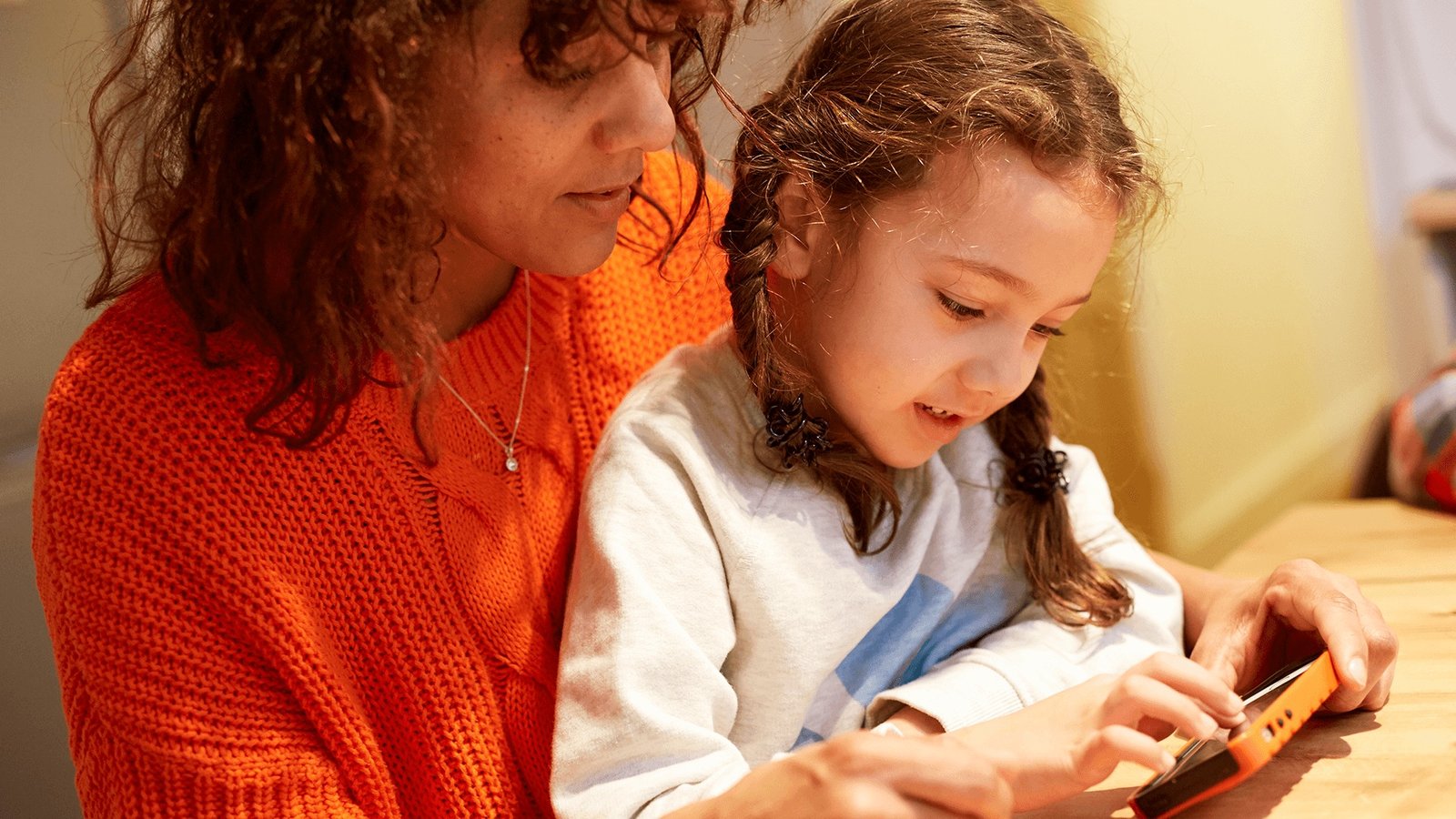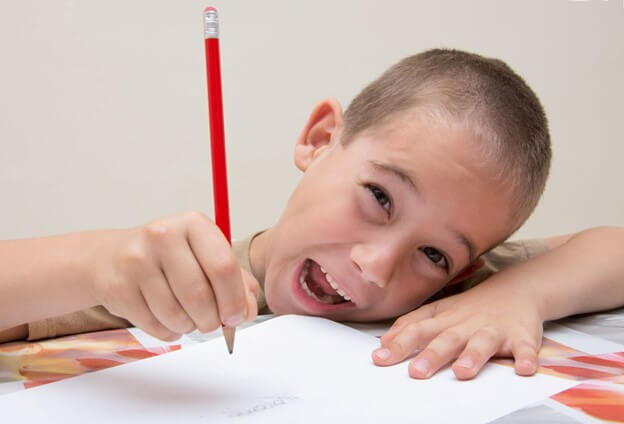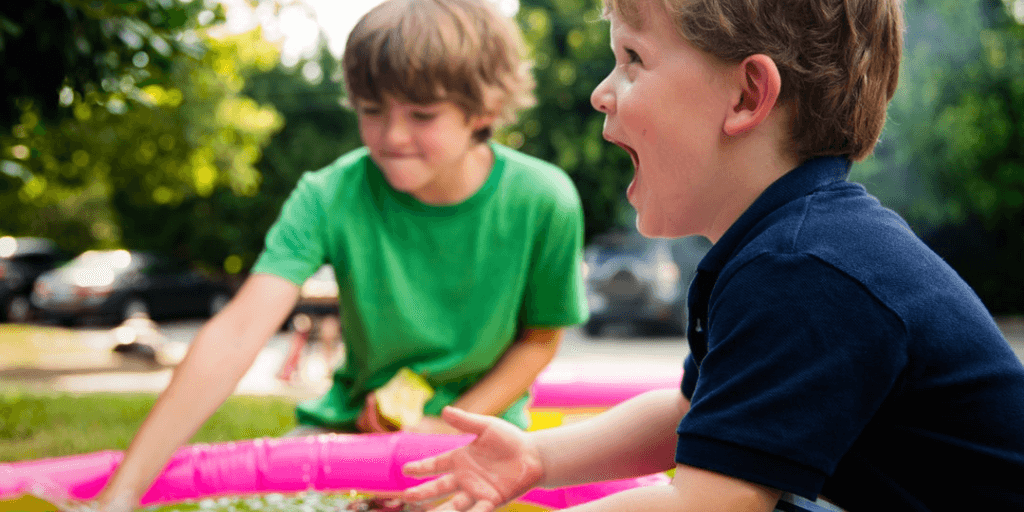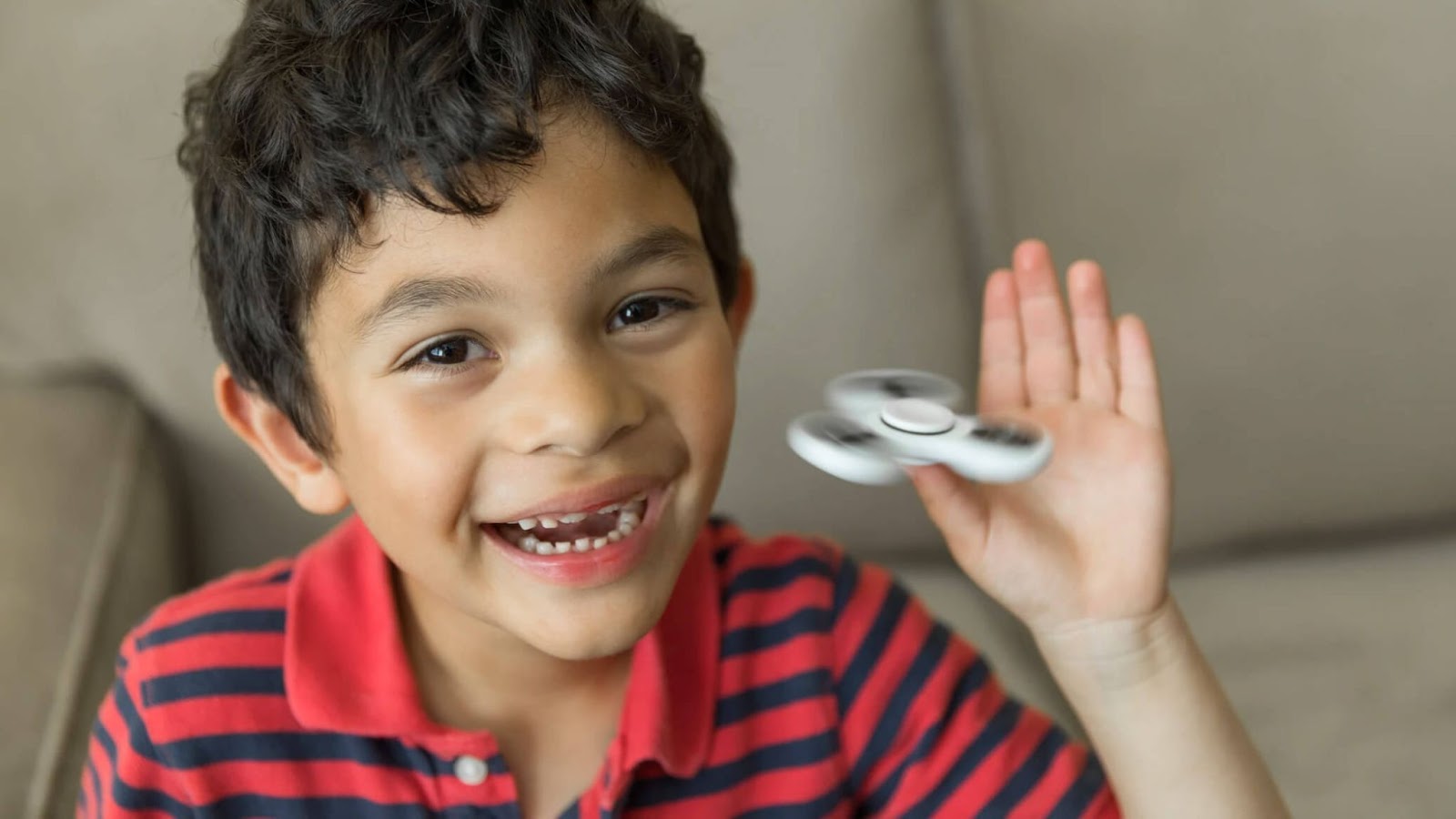Picture this: it’s 7 AM, and your kitchen looks like a tornado hit it. Your little one is bouncing off the walls—literally—while simultaneously asking seventeen questions about dinosaurs, forgetting to put on their shoes, and somehow managing to spill cereal on the cat. If this sounds like your morning routine, you’re not alone in this wonderful, exhausting, and utterly rewarding adventure of raising an ADHD child.
Here’s the thing that every parent needs to hear: you’re not doing anything wrong. In fact, you’re probably doing more things right than you realize. Parenting a child with ADHD isn’t about perfection—it’s about connection, understanding, and finding creative ways to help your unique kiddo thrive in a world that wasn’t quite designed for their beautiful, buzzing brain.
Understanding Your ADHD Child’s Unique World

Let’s start with some reassuring numbers. An estimated 7 million (11.4%) U.S. children aged 3–17 years have been diagnosed with ADHD, according to a national survey of parents using data from 2022. That’s roughly 1 in 9 children—which means your child has plenty of company on this journey.
When you’re raising an ADHD child, it’s like having a Ferrari engine in a go-kart body. Their minds are incredibly fast, creative, and powerful, but they’re still learning how to navigate the world’s traffic rules. Understanding this helps shift our perspective from “what’s wrong with my child?” to “how can I help my child harness their superpowers?”
The High Energy Child vs ADHD Distinction
Now, you might be wondering about the difference between a high energy child vs ADHD. Every parent has met that kid who seems to run on batteries—they’re energetic, enthusiastic, and always on the go. But ADHD goes beyond just having lots of energy.
A high-energy child can still focus when something captures their interest, can follow multi-step directions (even if they need reminders), and can generally regulate their behavior when needed. An ADHD child, however, struggles with executive function in ways that affect their daily life consistently across different settings—home, school, social situations.
Think of it like this: a high-energy child is like a sports car that can brake when needed, while an ADHD child is like that same sports car with brakes that sometimes work perfectly and sometimes need extra pumping to engage. Both are perfectly normal; they just need different types of support.

Common Challenges Parents Face
When Patience Runs Thin
Let’s be brutally honest here—there are moments when you’ll think, “I have no patience for my ADHD child.” This feeling doesn’t make you a bad parent; it makes you human. Parenting any child is challenging, but parenting an ADHD child can feel like running a marathon while juggling flaming torches.
The key is recognizing that your patience isn’t infinite, and that’s okay. Just like your child’s brain works differently, your parenting approach needs to be different too. When you find yourself reaching that breaking point, it’s time to take a step back—literally. Take five deep breaths, remind yourself that your child isn’t being difficult on purpose, and remember that their brain is still developing the skills we take for granted.
Sleep Struggles and Bedtime Battles
One of the most common challenges parents face is when their ADHD child won’t sleep alone. One widely quoted estimate for the prevalence of sleep disorders in ADHD places the rate of parent-reported sleep problems at 25% to 50%. That’s a significant number of families dealing with nighttime challenges.
An ADHD child’s brain often has trouble winding down. Their mind might be racing with thoughts, worries, or excitement about tomorrow’s plans. They might feel anxious about being alone, or their hyperactive tendencies might make it hard to lie still. Creating a consistent, calming bedtime routine becomes absolutely crucial—think of it as building a bridge between their high-energy day and peaceful sleep.
Attention-Seeking Behaviors
When your ADHD child needs constant attention, it can feel overwhelming. But here’s the thing—they’re not trying to drive you crazy (even though it might feel that way at 3 PM on a Tuesday). Their need for attention often stems from their brain’s craving for stimulation and connection.
Children with ADHD often struggle with self-regulation, which means they rely more heavily on external cues and support from their caregivers. They might genuinely need more check-ins, more reassurance, and more connection throughout the day. Instead of viewing this as demanding behavior, try to see it as your child communicating their needs in the only way they know how.
Addressing Concerning Behaviors
Aggressive Behaviors at School
If you’re dealing with an ADHD child hitting at school, know that you’re facing one of the more challenging aspects of ADHD. Aggressive behaviors often stem from frustration, overstimulation, or difficulty processing emotions. Children with ADHD can become overwhelmed more easily and may not have developed the coping skills to handle these big feelings appropriately.
Working closely with your child’s school is essential. Most schools have support systems in place, but you’ll need to advocate for your child and help the school understand their specific needs. Consider requesting a meeting with teachers, counselors, and possibly a school psychologist to develop strategies that work both at home and school.
When Hunger Seems Constant
Many parents notice their ADHD child always hungry, and there’s actually science behind this. ADHD medications can affect appetite, but even without medication, children with ADHD often have irregular eating patterns. Their hyperfocus might make them forget to eat, or their impulsivity might lead to overeating when food is available.
Additionally, the constant mental and physical energy expenditure of an ADHD brain means these kids often burn through calories quickly. Providing healthy, protein-rich snacks throughout the day can help stabilize their blood sugar and support better focus and behavior.
Concerning Behaviors That Need Professional Attention
Some behaviors require immediate professional intervention. If your ADHD child is hurting animals, this goes beyond typical ADHD symptoms and warrants immediate consultation with a mental health professional. Similarly, if your ADHD child is hearing voices, this could indicate additional mental health concerns that need specialized attention.

These behaviors aren’t necessarily connected to ADHD itself but may indicate co-occurring conditions that require professional evaluation and treatment. Never hesitate to seek help when you’re concerned about your child’s safety or the safety of others.
Special Considerations: How to Parent a Child with ADHD and Autism
How to parent a child with ADHD and autism presents unique challenges, as these conditions often co-occur. When your child has both diagnoses, you’re dealing with sensory sensitivities, social communication differences, and executive function challenges all at once.
The key is understanding that your child isn’t “more difficult”—they just have a more complex set of needs. Structure becomes even more important, sensory considerations need to be factored into daily routines, and social skills may need more explicit teaching. Many strategies that work for ADHD also benefit children with autism: visual schedules, clear expectations, sensory breaks, and consistent routines.
Building Your Parenting Toolkit
Structure That Flexes
Traditional parenting advice often emphasizes rigid structure, but ADHD children need what I call “flexible structure”—consistent routines that can bend without breaking. Think of it like a bamboo tree: strong roots with flexibility in the branches.
Create predictable daily rhythms rather than minute-by-minute schedules. Morning routines, after-school transitions, and bedtime rituals provide the scaffolding your child’s brain needs while allowing for the inevitable surprises that come with ADHD.
The Power of Positive Reinforcement
Positive reinforcement, structure, and consistent discipline are key components in managing ADHD behaviors. But here’s where it gets interesting—positive reinforcement for ADHD children often needs to be more immediate and frequent than for neurotypical children.
Instead of waiting for the perfect behavior, catch your child being “good enough.” Did they remember to put their backpack by the door without three reminders? Celebrate it! Did they sit through dinner without getting up, even though they were fidgety? That’s worth acknowledging too.
Energy Management vs. Energy Suppression
Rather than trying to suppress your child’s energy, think about channeling it. Physical activity isn’t just helpful—it’s essential. Exercise is a good focus for their energy and can significantly improve focus and behavior.
Consider activities that engage both body and mind: martial arts, dance, rock climbing, or even just dancing to music in your living room. The goal is to give that Ferrari engine appropriate outlets rather than asking it to idle all day.
Creating a Supportive Home Environment
Sensory Considerations
Many ADHD children are also highly sensitive to their environment. Loud noises, bright lights, scratchy fabrics, or even strong smells can be overwhelming. Creating a sensory-friendly home doesn’t mean you need to renovate—small changes can make a big difference.
Consider having a quiet space where your child can retreat when feeling overwhelmed, use soft lighting in the evening to help with the transition to bedtime, and pay attention to how different textures, sounds, and lighting affect your child’s behavior.
Organization Systems That Actually Work
Forget Pinterest-perfect organization systems. For ADHD families, organization needs to be functional, not beautiful. Use clear containers so your child can see what’s inside, label everything with pictures for non-readers, and create “landing zones” for important items like backpacks, shoes, and homework.
The goal isn’t perfection—it’s creating systems that make your child’s life easier. If the fancy organizer ends up being ignored while the simple basket gets used every day, go with the basket.
Working with Schools and Healthcare Providers
Building Your Support Team
Early intervention holds the key to positive outcomes for your child. This means building a team of professionals who understand your child and can provide support across different areas of their life.
Your team might include your child’s pediatrician, a child psychologist or psychiatrist, your child’s teachers, school counselors, and possibly occupational therapists or educational advocates. Each person brings a different perspective and set of skills to support your child’s development.
Advocating Effectively
Learning to advocate for your child is like learning a new language—it takes time and practice. Start by keeping detailed records of your child’s behaviors, what strategies work, and what challenges you’re facing. This information becomes invaluable when working with schools and healthcare providers.
Remember, you know your child better than anyone else. Trust your instincts, ask questions, and don’t be afraid to seek second opinions if something doesn’t feel right.
Self-Care for Parents
Filling Your Own Cup
Here’s what nobody tells you about parenting an ADHD child: it’s going to push you to your limits in ways you never expected. You’ll question your parenting, feel isolated from other families, and some days you’ll wonder if you’re doing anything right.
Taking care of yourself isn’t selfish—it’s essential. When you’re running on empty, you can’t give your child the patient, understanding support they need. This might mean asking for help, joining support groups, or simply taking ten minutes to drink your coffee while it’s still hot.
Finding Your Village
Connect with other parents who understand your journey. Online communities, local support groups, or even informal connections with other ADHD families can provide the understanding and practical advice that well-meaning but inexperienced friends might not be able to offer.
Celebrating the ADHD Difference
Recognizing Strengths
ADHD children often possess incredible strengths that get overshadowed by their challenges. They’re often creative, empathetic, energetic, and capable of hyperfocus when something captures their interest. They can be natural leaders, innovative problem-solvers, and bring a unique perspective to everything they do.
Make a point of regularly acknowledging these strengths. Your child needs to know that their brain isn’t broken—it’s just different. And different things can be absolutely wonderful.
Reframing Challenges as Opportunities
That child who can’t sit still might be a kinesthetic learner who needs movement to think. The child who interrupts constantly might have exciting ideas they can’t wait to share. The child who seems to argue about everything might be developing strong advocacy skills.
This doesn’t mean excusing inappropriate behavior, but it does mean looking for the positive intention behind challenging behaviors and helping your child channel their traits in more socially appropriate ways.
Looking Forward with Hope

Remember, parenting an ADHD child is not about fixing what’s wrong—it’s about nurturing what’s right. Your child’s brain works differently, and with the right support, understanding, and strategies, they can absolutely thrive.
Some days will be harder than others. There will be moments when you feel like you’re failing, when nothing seems to work, when you wonder if your child will ever learn to manage their symptoms. But here’s what I want you to remember: every small step forward matters, every moment of connection counts, and your love and support are making a difference, even when it doesn’t feel like it.
Your child’s ADHD journey is unique, just like they are. Embrace the chaos, celebrate the victories (no matter how small), and trust that with patience, understanding, and the right support, your family can not only survive but truly thrive together.
The road ahead might be winding, but it’s also filled with incredible discoveries, unexpected joys, and the profound satisfaction that comes from helping your unique child become the amazing individual they’re meant to be. You’ve got this, and more importantly, you’ve got each other—and that’s the most powerful foundation of all.



